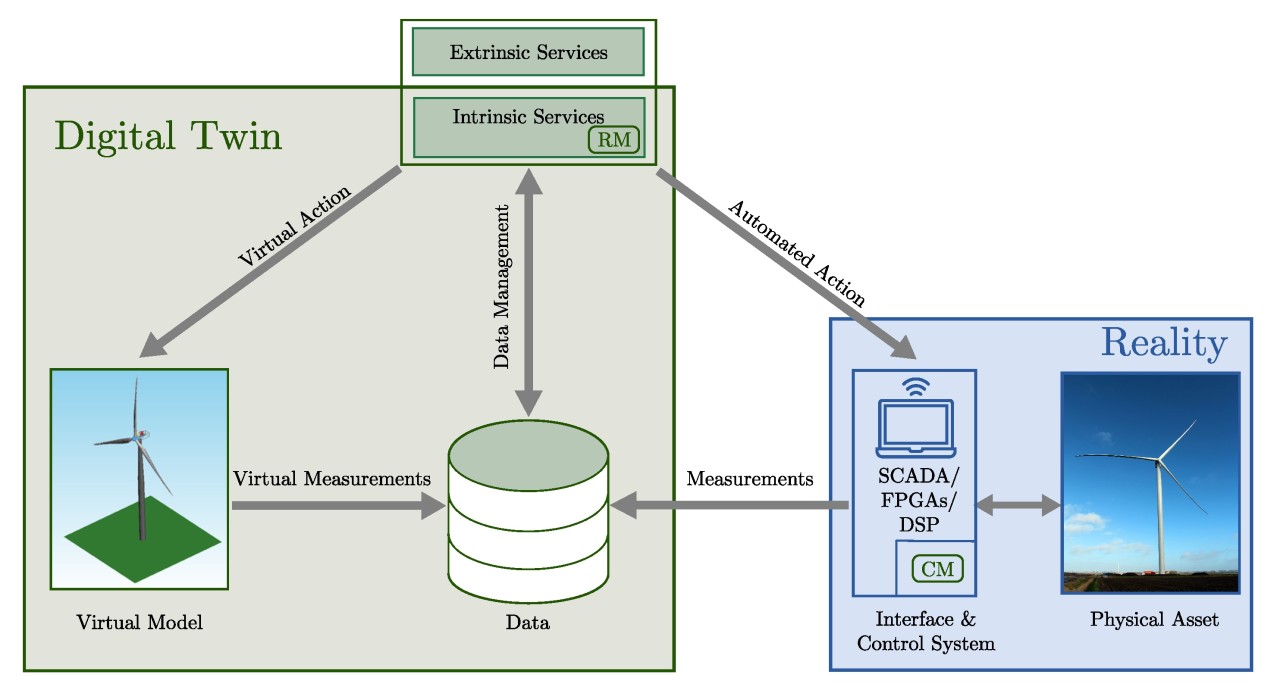
Digital Twins for the Future Power System: An Overview and a Future Perspective
The increasingly problematic challenges due to climate change and the growing energy demands imply that the current energy system has to transition rapidly. The transition must address the urgent need for sustainability while ensuring that social development is not compromised. Consequently, changes are required on all levels of the system, such as generation, conversion, storage, and consumption. Academia, industry, governments, and society must pave the way with sustainable innovations, products, policies, and acceptance. In addition to economic feasibility, the key technical challenges are the efficiency and stability of the future decentralized energy system whose backbone will be the electrical power grid.
The inevitable transition of the power system toward a sustainable and renewable-energy centered power system is accompanied by huge versatility and significant challenges. A corresponding shift in operation strategies, embracing more intelligence and digitization, e.g., a Cyber-Physical System (CPS), is needed to achieve an optimal, reliable and secure operation across all system levels (components, units, plants, grids) and by the use of big data. Digital twins (DTs) are a promising approach to realize CPS. In this paper, their applications in power systems are reviewed comprehensively. The review reveals that there exists a gap between available DT definitions and the requirements for DTs utilized in future power systems. Therefore, by adapting the current definitions to these requirements, a generic definition of a “Digital Twin System (DTS)” is introduced which finally allows proposing a multi-level and arbitrarily extendable “System of Digital Twin Systems (SDTSs)” idea. The SDTSs can be realized with an open-source framework that serves as a central data and communication interface between different DTSs which can interact by “Reporting Modules” and are regulated by “Control Modules” (CMs). Exemplary application scenarios involving multiple system levels are discussed to illustrate the capabilities of the proposed SDTS concept.
Read more details in the published article.